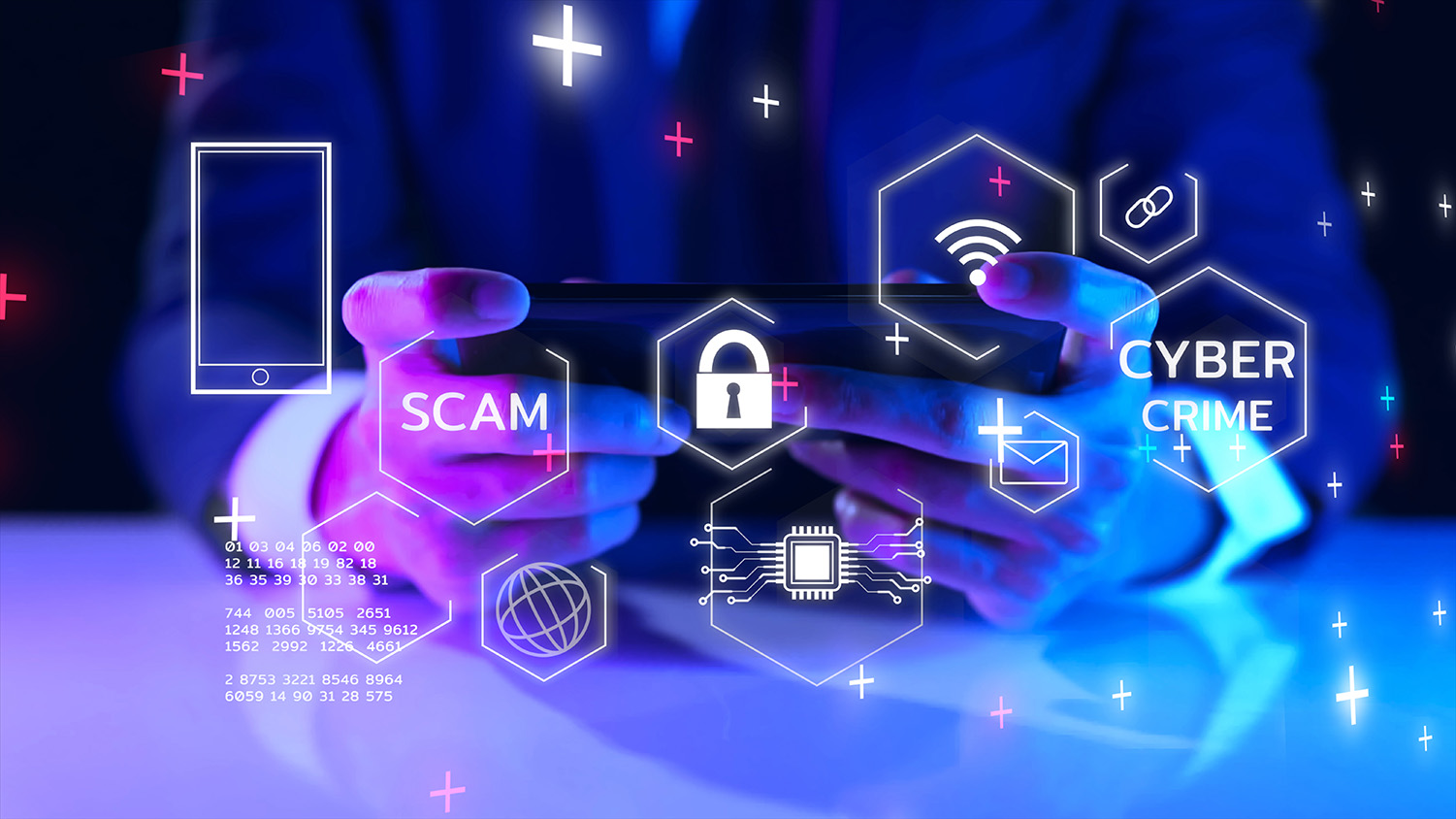Allowing a site to remember your password or to track your search history may make for a more user-friendly experience but that might not always be the best idea. More often than not, adding a step here and a step there will help you protect yourself within the Internet of Things (IoT) more successfully.
Here are four not-so-difficult steps that’ll keep things relatively easy, but your data increasingly private.
Log out
It’s nice to open up an application or a website and automatically log-in, but this may hurt you in the long run. If anyone gains access to your device or workstation, any site or application you’re currently logged into is fair game. They could view personal messages on your Facebook account, read critical reports on your office applications and snatch financial data from your banking website.
Create multiple accounts
A good way to prioritize the security of your various online activities is to assign different email accounts to them. For example, all the shopping you do goes to one address and your personal correspondences go to another. Require an extra step such as two-factor authentication for your online shopping account. This way, you’re better safeguarding extremely private information such as your address and finances. For your personal email, automatic log-in may not be so horrible in this case. Sending jokes or videos back and forth to your family and friends aren’t necessarily of extreme importance. However, keep in mind that viruses can hijack your emails and send security threats to any correspondence in your personal emails. So ensure your anti-virus and firewall are up to date and running smooth.
Wipe your history
There are simple ways to keep your browsing history private. Whether you decide to use the “private” mode on your browser or to clear your history and wipe your cookies every few days, it’s an effective way to keep your habits private. It only takes a couple minutes to navigate to the “history” tab of your internet browser and wipe the contents, so there’s really no excuse to not do it regularly. Take a break on Fridays and clean up your computer so that on Monday you can come into work with a fresh slate.
Update your system
It’s easy to check the “remind me later” box when your system prompts you for an update—however, updates to your software and applications are there for a very important reason. It doesn’t take more than a few minutes to complete a patch that could protect you and your data from a major cybersecurity breach. Do not ever put them off for another time. Whatever you’re working on can wait for the patch to download and install, because by ignoring them, you’re making a grave mistake and could be inviting a security breach.
Overall, these items are easy to maintain and are a simple part of computer maintenance, especially if you are concerned with security. Once you get in the habit of consistency with these four steps, you can rest assured that your digital life will be that much safer.




